Presented by:

[Editor's note: A version of this story appears in the April 2021 issue of Oil and Gas Investor magazine. Subscribe to the magazine here.]
Well construction has improved dramatically in recent years, and for the better. Now, is the construction of young E&P companies backed by private equity changing, and for the better?
The shale business model worked brilliantly for about a decade and some impressive fortunes were made by entrepreneurs and their private equity sponsors who were able to make deals quickly. That is changing. The popular strategy of drill-a-few-wells and flip has gone out of style, as investors demand higher returns. It may not be broken, but it is not a sustainable model either, sources said.
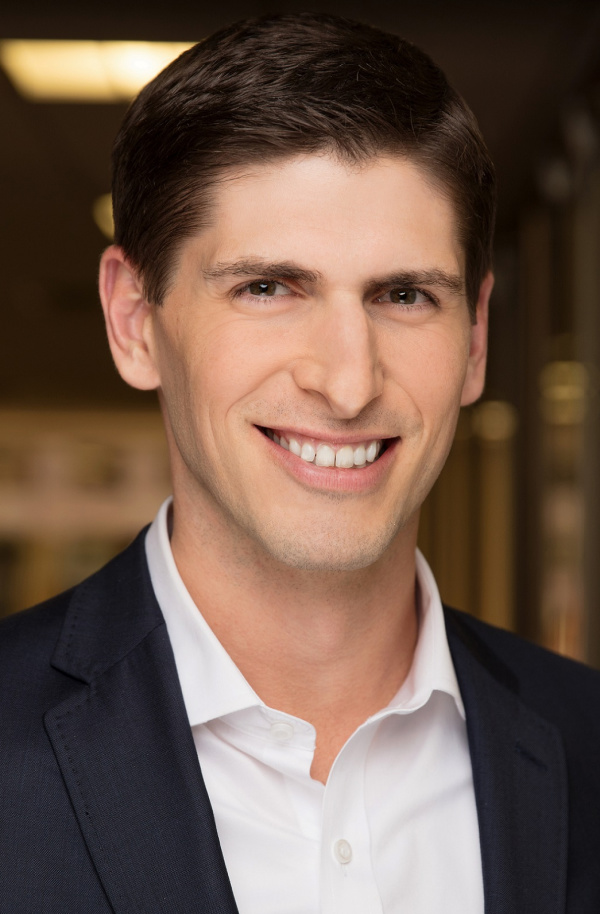
The traditional “waterfall” deal terms may not have changed, but ways for private equity backers to incentivize E&P management teams has, with a greater emphasis on meeting return hurdles, rather than growth measures. “Last year was just a whole new high of uncertainty like we’ve never seen before,” said one E&P CEO.
Throughout the oil patch, E&P companies and their private equity sponsors are taking a longer view. But many began doing that even before the pandemic turned markets upside down.
Oil and Gas Investor spoke with a number of sources to find out what business model works now and their plans for 2021, since oil prices have recovered back to reasonable levels, above $60/bbl at press time. A recent Goldman Sachs report, as reported by Bloomberg, said that as the rig count recovers, fully half of all rigs working now are operated by private companies, as bigger publics have slowed down their spending.
The A&D market that propels so many new E&Ps’ growth stories has been pummeled by commodity price declines. No one wanted to transact last year. Few even could. But sources told us they’ve begun to see a few signs the A&D market is waking up. Optimism is still a big component of the industry’s DNA.
“I feel like it’s steady as she goes. We’re still looking for ways to deploy our capital across the oil and gas side of the house [as well as in alternative energies] … a lot of new supply will need to be found every year just to keep production flat,” said James Wallis, partner, NGP Energy Capital Management.

He said a ton of private equity capital that hasn’t been deployed yet is waiting to be invested. For NGP and others, he said, the difference in strategy today is a greater focus on building longer-term E&P businesses in the portfolio that can operate efficiently, reinvest their cash flow and grow in a sustainable, clean manner. Like most private equity providers, he said the hold time for a portfolio company is longer: just tack a couple more years onto the old three-to-five-year standard, he said.
“I hope people 18 months from now will wish they’d invested in oil and gas the way we’re all now wishing we had invested in Zoom,” said John Oberg, CEO of Hawthorne Energy LLC. Most recently he was with Three Rivers Operating Co. III, which was sold in 2018, and he is an alum of private equity provider Riverstone Holdings as well.
Even though the industry was in the midst of the pandemic, his startup got a private equity commitment from Carnelian Energy Capital III LP in June 2020. It has no assets—yet. Oberg thinks the A&D market will open back up this year as many E&P board members took a hard look at their assets last year and are now discussing when and if they can sell some.
Others are assessing whether it is time to put a rig or two back to work again.
“We did not drill in 2020 until we did a seven-well pad late last year, so there was a delay in carrying out our capital plan. We’ve basically lost a full year of value creation,” said Ted Brown, CEO of Confluence Resources LP, which is primarily backed by Old Ironsides Energy LLC of Boston, NGP, State Farm and Wells Fargo.
To get started in 2016, Brown and team evaluated many plays but decided to zero in on the Denver-Julesburg (D-J) Basin, which met their criteria. It had strong well economics, familiarity and markets were not constrained, he said. Brown and co-founder and chair Peter Dea have many years of experience, both as top executives with other E&Ps in the basin.
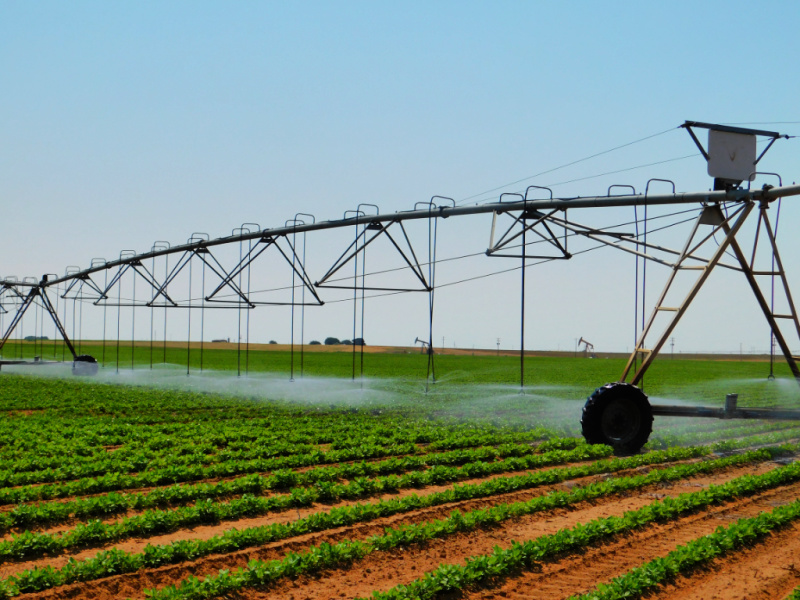
Confluence started with a small acquisition of undeveloped acreage, made some bolt-ons and trades, and now has about 12,000 net acres. It operates 31 wells and had one rig working before the pandemic hit. The Denver company was holding a board meeting in early March to define its next steps.
“Last year, we focused on doing more with less, and that set us up for 2021. Old Ironsides told us they have tremendous confidence in us and that, for now, let’s conserve capital and look at G&A. While we hunkered down, we kept looking … so we stayed busy,” he said.
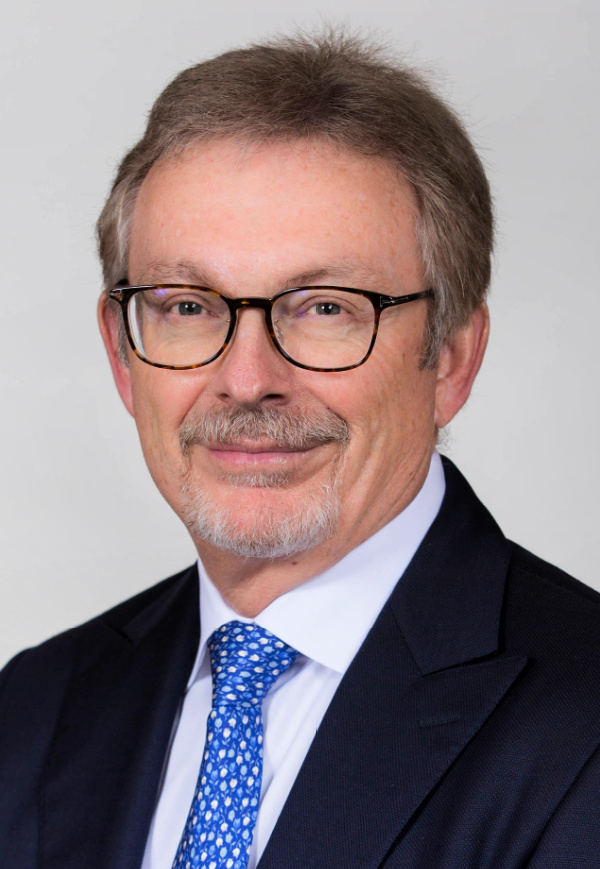
“We believe we have a good idea of what to expect for well results, so now it all depends on what it costs to drill, and the price of oil. As we see the oil price recover, we’re hedged and we have maintained a strong balance sheet, so we can step up to new growth opportunities.”
New business models
The reaction to the lost year? Executives like Brown scaled back spending, drilled less, paused dealmaking, cut G&A and shored up balance sheets. “Ultimately, this will end up that the industry will be leaner, healthier, more profitable and more sustainable,” said NGP’s Wallis, echoing what many other sources told Oil and Gas Investor.
“I think return expectations and the cost of capital will be higher, and that relates to a much more capital-constrained business,” he said. “It feels more like when I came into the business in 2004—then there was more focus on the resource and how cheaply can we turn it on line. Now we are looking at how we can thrive in a world that’s different than five years ago.”
The CEO of Pine Brook-backed Pursuit Oil & Gas LLC in Houston knows this only too well. It was founded in late 2016.
“That change in the flip model has been happening in real time for us, because we are four years in,” said Kirk Spilman. “It’s become apparent we’ll need to hold onto our assets longer, so you have to have confidence that you can execute well and have an ability to invest in appropriate projects that generate a cash-on-cash return.”
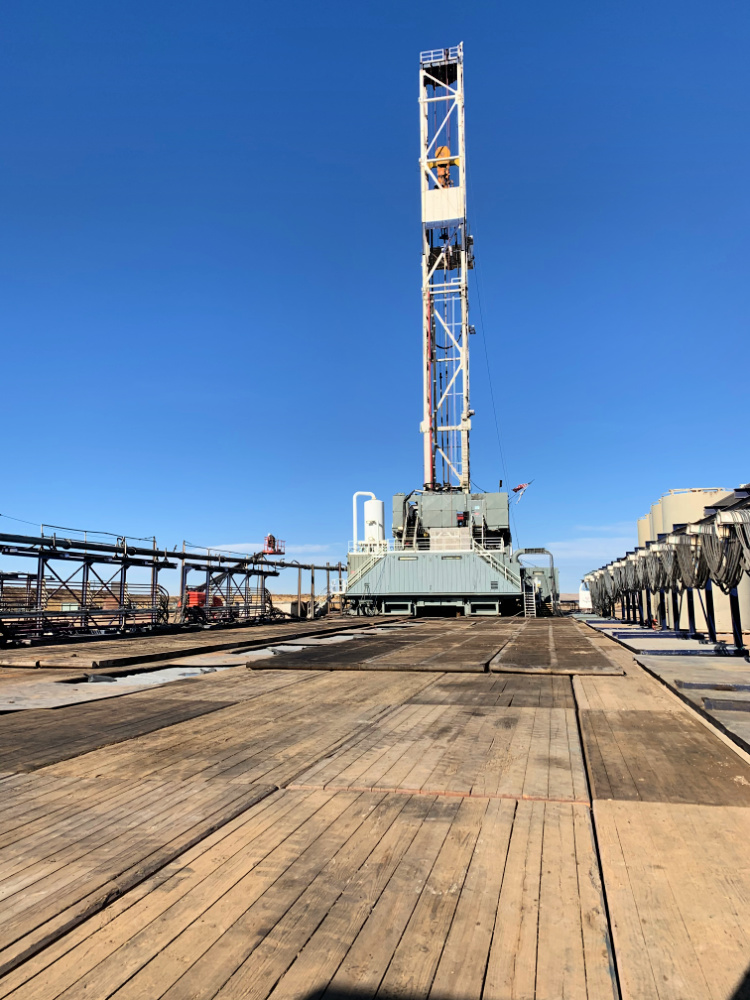
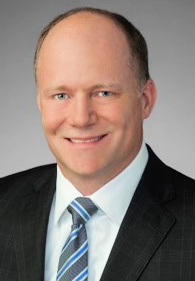
Pursuit operates in Webb and La Salle counties in the Eagle Ford Shale in Texas, and after hunkering down last year, it plans to pick up a rig soon and drill 10 wells this year. The company’s team is small, but with big ticket experience (Spilman was formerly with Marathon Oil Co.), and it prides itself on benchmarking itself against all comers. Spilman said he looks at cash operating margins, drilling efficiency, well performance and other metrics from public and private data. Pursuit comes out in the top quartile on these measures, he said.
“We had been going through the acquire and appraise process, and right when we got to the end of that process, the normal course would have been to sell the assets, but we saw the shift happening [in the A&D market and for hold periods]. It’s a complex puzzle,” Spilman said.
“You’ve got the natural buyers who are full up on inventory, and investors who’ve fled the space, and those who stayed are making very pointed demands for returns and cash flow— and all that is in the midst of us trying to progress our understanding of our asset and bring wells online.”
It’s not clear how active companies will be in 2021, although the near-month crude oil price reached the important mark of $60/bbl at press time. Crude in the forward months is trading for less, however. Many observers wonder to what extent E&P companies will kick-start a surge in drilling. The rig count has crept up for weeks now.
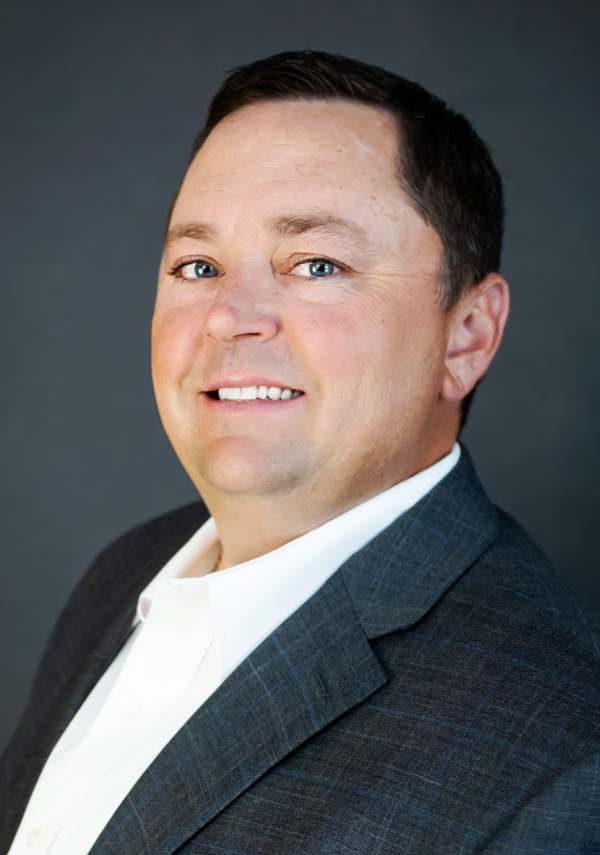
“It’s no longer about buy-build-and-flip it. It’s more along the lines of delivering returns to your shareholders and with accepting a delayed exit strategy,” Confluence’s Brown said. “As we delineated our acreage in the D-J, we started to see the market deteriorate. Companies were being bought and sold on the basis of their existing production, so we started to think, how do we develop our properties and still focus on returns, and delay our exit?
“There’s a focus on PDP [proved, developed production], although we are very much looking at new opportunities both inside and outside of Colorado,” Brown said.
Another effect of the downturn is that the formation of partnerships such as drilling partnership, or drillcos, has slowed to a crawl.
“I’ve been through a couple of ups and downs but [2020] was certainly unlike anything we’d ever seen. You had to gasp and catch your breath,” said Jordan Smith, a lawyer with Jackson Walker LLP, who has represented private equity firms when they form drillcos and other joint ventures. He has also assisted buyers and sellers in closing Section 363 sale acquisitions of assets out of a company bankruptcy.
“Now people are looking up and trying to figure out their next move, whether to core up or exit entirely. We’ve seen private equity investments that were precommitted be scaled back or deferred. In 2020, you didn’t want to drill at those low prices. It was a temporary moratorium.”
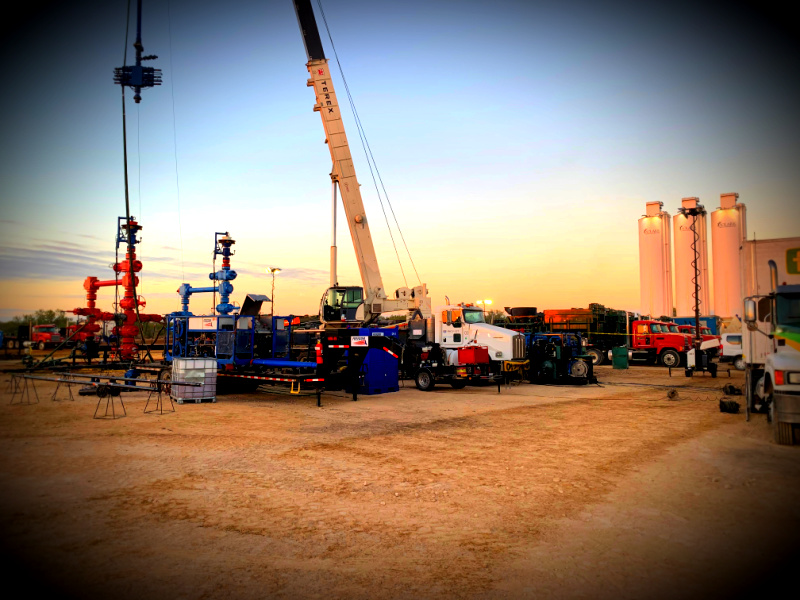
SIDE BAR:
“EVERYBODY HUNG TIGHT”
J .D. Smith, CEO of Encore Permian Holdings LP, was born and raised in Big Spring, Texas, about 45 miles east of Midland on Interstate-20. His oilman father was born and raised there too.
Neither man ever saw the type of weather that threw the Permian Basin, and indeed all of Texas from Amarillo to Galveston, into disaster mode in February. Smith said he could not get out of his driveway for the first two days; he estimates his lawn got 6 to 8 inches of snow.
“It was bitterly cold. It may have been a 50, 60, 100-year storm, especially for it to be so many days below freezing,” he said. “No one remembers anything like it. I’ve definitely seen some crazy snowstorms before, but they lasted only two or three days. When I was in high school, I remember one time me and a friend used a cotton combine to help pull some big trucks back on to I-20. We made over $1,000 that day, which for a couple teenagers was amazing.”
But Texans are tough. During the recent “Great Texas Freeze,” some were able to keep right on working out in the field despite challenging conditions. Service companies helping Encore Permian were able to continue during most of the storm.
“Our crews just hung tight,” he told Investor. “The frac crew, the chemical guys, the wireline guys, everybody did a great job. It was quite amazing. We’re not really cold weather-hardened down here like they are in Wyoming.”
The ProFrac Services crew was able to keep fracking a Wolfcamp A well on the company’s big project, the 8,000-acre, Colt 45 State Unit on the border of Reeves and Culberson counties, due west of Orla. Encore has 13 wellbores there; nine are producing and the remainder are being completed. One of the companies involved included Texas Pride Fuels.
“We were the only crew running a full completions program during the storm, but we did have to shut down the last few days because the sand mine we use [Atlas Sand] lost power for a while,” he said.
Luckily, the location did not lose power, the roads were not horrible and everyone was taking their time, Smith said. Plus, all the required infrastructure had been on location for several months, as the company moved the rig and completion equipment from well to well on 1,320-ft spacing. In 2020 Encore completed two DUCs and drilled nine wells there.
Smith said he was lucky not to have to be there in person, although he has worked on frac crews when he was in his 20s offshore, including in northern China, where he saw very cold weather. At one time years ago, at age 19, he was the youngest-ever frac crew member working in the Gulf of Mexico.
In addition to praising his employees and the service companies, he credits his private equity backer, Castlelake LP, for support during a tough 2020.
“Our capital provider has been a phenomenal partner, so we decided to go ahead and drill and complete the [Colt Unit] project,” he said.
“We had deferred all our completion work for 2020, but as we saw service company, consultants and associated costs come down as we went into mid-year, we ran the numbers and it made sense. The pricing we were getting quoted, and their eagerness to keep working … I think we were getting the cream of the crop in these teams out there. I don’t know that we’ll ever get that again.”
The company has increased well spacing on the pads, taking a more conservative approach, with current spacing at 1,320 ft apart.
“We are aimed down the fairway, and we’re not trying to crush the ball,” he said.
For now, drilling is finished at the Colt 45 State Unit. Although Smith said he may drill a few more wells toward year-end after he gets his new reserve-based loan in place.
“In 2021, if things stabilize, I hope to drill anywhere from seven to maybe 12 wells, some in Loving County and possibly a few in the Midland Basin,” he said.
One thing Smith has seen change is the typical carry construct, especially in the structure of drillcos. “We did start to build more ‘exit ramps’ in these deals as the years went on. Circumstances come up, whether it’s market forces or your JV [joint venture] partners have problems.”
“As capital sources diminish, the ability to ‘eat what you kill’ while maintaining the business needs through good times and bad, is more critical than ever.” —Lance Taylor, Steward Energy II LLC
Smith thinks the definition of a core asset has shrunk for many companies as they adopt a tighter focus. Too, the average time a company might exist before exiting has changed. “You used to get in and get out in two or three years, but for a pretty good return, that has moved to as much as a seven-year horizon, if you want to see a 15% to 20% return,” he said.
A higher bar
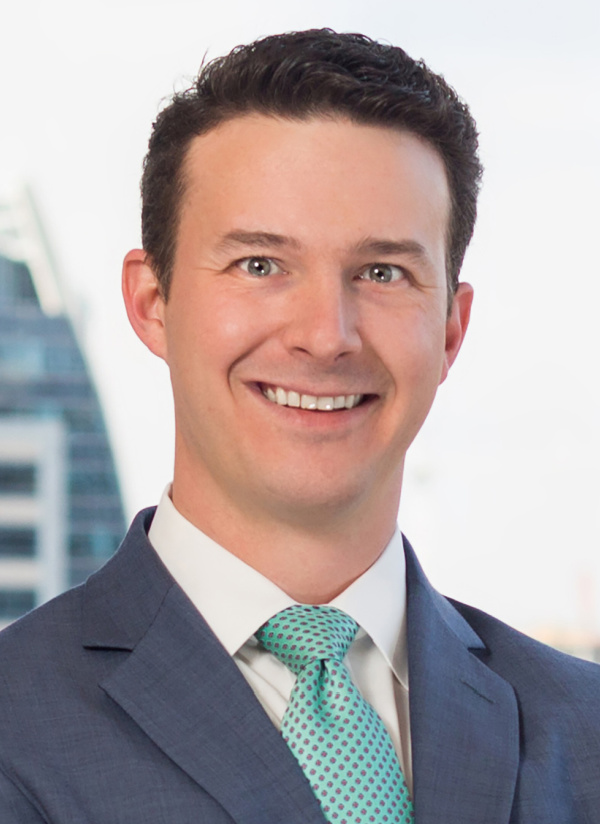
The oil price war, pandemic and environmental headwinds dominated headlines last year and accelerated the E&P industry’s evolution to deliver a value proposition of returns more than growth. For many, that means operating for the long haul.
“It is unreasonable to think this industry can continue to cycle assets from one buyer to the next to the next, paying multiples on deployed capital each time,” said Lance Taylor, a fifth-generation oilman based in Frisco, Texas.
“Somewhere along the asset life cycle, an operator must appear; someone with the technical proficiency and capital required to develop the resource. As capital sources diminish, the ability to ‘eat what you kill’ while maintaining the business needs through good times and bad, is more critical than ever.”
The founder, president and CEO of Steward Energy II is backed by NGP, and it focuses on the horizontal San Andres on the Northwest Shelf in the Permian Basin. It has over 100,000 acres in Texas and New Mexico. Version I was backed by NGP and was sold in 2014. Taylor immediately created Steward II.
“Steward’s capital efficiency plan since late 2018 has been to focus on core assets that provide the best cash-on-cash returns. By recycling significantly less than 100% of our operating cash flow, we’re able to grow production by single digit percentages year-over-year, cover all corporate costs, improve our balance sheet and consider meaningful equity distributions.
“We are blessed with a sponsor [NGP] who supports our business model.”
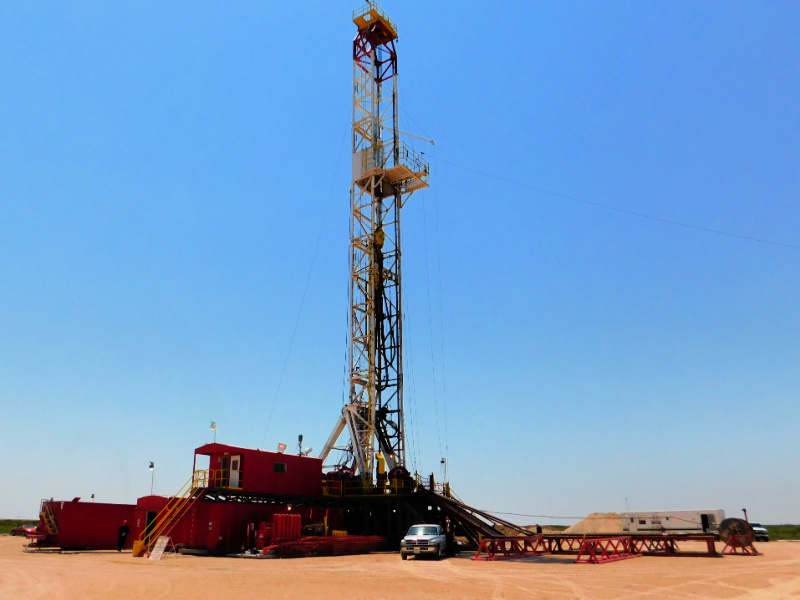

Taylor said his strategy for the company did not waver during the downturn, one of many he has seen. The company is well hedged. In 2021, activity will be about 33% higher than the previous two years as he plans to drill and complete 15 new wells and complete one DUC.
“This activity equates to a single drilling rig running about half the time,” he said. Returning to $60 oil will yield additional profitability, he added, but “it does not change our steadfast prioritization of corporate returns over growth.”
As Randy Dolan, CEO of TRP Energy in Houston, told Investor, “Our industry was already heading toward a new business model well before the woes of last year. Today, there’s a higher bar for our industry and for those companies looking to build-to-sell.
“In short, we have to deliver a buyer a real business, not a lease schedule.”
Dolan has been funded by Trilantic North America. The company’s Permian PUD locations work at a price into the $30s/bbl, and it has strong support from Trilantic, so it’s hoping to drill and make some acquisitions this year, Dolan said.
A&D outlook
For private equity-backed companies, buying acreage or production is a cornerstone of getting started and beginning to grow toward an exit-worthy, mature stature. TRP is no different. It operates in the central Midland Basin and is always looking for assets to buy as well, although the A&D market has slowed to a crawl.
“We are constantly assessing which has a higher relative risk/reward. With respect to drilling, given the state of the A&D market, our PUD reserves are likely worth more on the surface than under the ground. Therefore, our plan is to drive returns with the drill bit and convert inventory to cash flow,” Dolan said.

“With respect to buying proved, developed production, the company looks for properties where it can create value by lowering operating costs, both LOE and G&A, and complete low-risk workovers.
“We may marry both of these plans, buy PDP and reuse cash flow from a PDP acquisition to fund additional drilling,” Dolan said.
Jackson Walker’s Smith said there are buyers out there, but they are few, and capital is tough to come by. He called 2020 a belt-tightening year, a repositioning that he’s seen before, although there are opportunities to buy some good assets now for a song.
“I learned from my old boss, Mike Wichterich at Three Rivers, to always be talking to the asset market, and let the market tell you where to be. That’s our approach,” said Hawthorne’s Oberg. He did business development for Three Rivers for many years before creating Hawthorne last year.
“I’m somewhat upbeat about it. I think there are a lot of places where people like me can make some money. The world has now found out the value of hydrocarbons [due to the disastrous power failures in February in Texas].”
Oberg said the negative sentiments so prevalent among investors made him that much more appreciative of the value of private equity funds that had already been raised and were willing to be deployed, such as from his primary sponsor, Carnelian. That was one thing that compelled him to start Hawthorne, he said, adding that he’s somewhat a contrarian who likes the idea of starting a new oil and gas company in a business sector everyone else is turning away from.
“It used to be you’d pick a basin, but for a smaller group like us, we’ll be more opportunistic and look not so much at a basin as at situations, such as distressed properties, or areas where bigger companies want to sell assets,” Oberg said.
“You can’t focus on just one little watering hole. Even though oil and gas prices are higher, I think there’s going to be more A&D activity in 2021.”
Oberg anticipates an impending flip in the A&D marketplace. “I think the [A&D] pipeline is filling up rapidly … and assets will start to hit the market now. Even though oil and gas prices are higher, I think there’s going to be more activity, and it’s going to overwhelm the buyer universe in 2021. Overwhelm may be a strong word, but you’re going to have 25 sellers and only 15 buyers. I think oil and gas prices have disconnected from the A&D market.”
Mountain Capital Management LLC is in the midst of raising its second fund, with a target of $650 million according to Securities and Exchange Commission filings. Its first fund closed in January 2018 at $645 million and is 90% deployed.
There was a lot of noise in 2020 with the pandemic and it being an election year, noted managing director Sam Oh.
“I reject the notion that the industry is going to consolidate to the point it would be dominated by a handful of huge companies,” he said. Small companies will still have a role. “The downturn started more or less at the end of 2015. All I’m saying is we’ve been talking about this downturn for five years, and people have been talking about consolidation for five years. To do a deal is very challenging and the benefits of consolidation are less than you might think.”
Oh, and others, said they think once the recovery is well underway, the industry will be different.
“You’re going to have new players, new supply-demand dynamics, new business plans. There will be a much-needed reset on the business models we have in place. If you’re going to be successful in energy, you can’t deploy the same strategy as five to 10 years ago.”
Existing companies, startups, joint ventures and A&D deals have been on the back burner for a while, giving everyone time to think it through. It will be interesting to see how they write the next chapters in the history of oil and gas value.
Recommended Reading
Enbridge Closes $3.1B Deal for Public Service Co. of North Carolina
2024-10-01 - With the deal’s closing, Enbridge said the company is, by volume, the largest gas utility in North America, delivering 9 Bcf/d of natural gas to a base of about 7 million customers.
Chevron’s Texas Haynesville May Fetch $1B from Tokyo Gas—Report
2024-10-08 - Chevron holds more than 70,000 net acres in Panola County, Texas, but had only five Haynesville wells on the acreage at year-end 2023.
Tellurian’s Dismissed Founder Souki Builds Woodside Stake After Deal
2024-09-13 - U.S. LNG export developer Charif Souki spoke to Hart Energy post-ousting from his second LNG company, Tellurian Inc. He’s buying shares in Tellurian’s buyer, Woodside Energy.
‘Knife Fight’ for NGLs Driving Midstream Mergers in 2024
2024-09-05 - The latest acquisitions in the midstream sector are focusing on natural gas gathering and processing to secure a spot in the lucrative NGL market.
Kimmeridge Signs Natgas, LNG Agreement with Glencore
2024-09-19 - Under the terms of the agreement, set to be finalized later this year, Glencore will purchase 2 mtpa of LNG from Commonwealth LNG and source natural gas from Kimmeridge Texas Gas.
Comments
Add new comment
This conversation is moderated according to Hart Energy community rules. Please read the rules before joining the discussion. If you’re experiencing any technical problems, please contact our customer care team.





